Eating Seasonally-Available Produce: A Healthy, Eco-Friendly Choice
As the spring season approaches, it’s time to start thinking about what fresh fruits and vegetables to include in your diet. Eating seasonally-available produce is a great way to get the health, environmental, and economic benefits that come from eating locally-grown produce. Here, we’ll discuss why it’s important to eat seasonally-available produce and how to identify and purchase locally-grown items.
Health Benefits of Eating Seasonal Produce
One of the main reasons to eat seasonally-available produce is the health benefits it provides. Eating fresh, locally-grown fruits and vegetables is a great way to get the vitamins, minerals, and other essential nutrients your body needs. When produce is picked at its peak ripeness, it has higher levels of nutrition than produce that has been picked prematurely and shipped to stores.
In addition, seasonal produce is often fresher and tastes better than out-of-season fruits and vegetables. This means you’ll be more likely to enjoy your meals and get the full nutritional value from the produce. Eating seasonally-available produce can also help you save money, since it’s usually cheaper than produce that has to be shipped from far away.
Environmental Benefits of Eating Seasonal Produce
Eating seasonally-available produce is also beneficial for the environment. When you purchase locally-grown produce, you’re helping to reduce the amount of energy and resources used to transport produce long distances. This helps to reduce the amount of pollution created by trucks and planes, as well as the amount of packaging materials used for shipping.
In addition, buying locally-grown produce helps to support local farmers and the local economy. This means more money stays in your community and helps to keep small farmers in business.
How to Identify and Purchase Locally-Grown Seasonal Items
The first step to eating seasonally-available produce is to identify what fruits and vegetables are in season in your area. You can find out what’s in season by checking your local farmer’s market or grocery store. You can also look for labels that say “locally grown” or “in season.”
Once you’ve identified what’s in season, you can purchase locally-grown produce from a variety of sources. Your local farmer’s market is a great place to start, as it’s often easier to find locally-grown produce there. You can also look for Community Supported Agriculture (CSA) programs, which allow you to buy a box of produce from a local farm or co-op. Additionally, some grocery stores carry locally-grown items, so you can purchase them there as well.
Practical Advice for Incorporating Seasonal Produce Into Your Diet
Now that you know the health, environmental, and economic benefits of eating seasonally-available produce, it’s time to start incorporating it into your diet. Here are some practical tips to help you get started:
- Start small. Try incorporating one seasonal produce item into your diet each week.
- Experiment with different recipes. Look online for recipes that use seasonal produce.
- Visit your local farmer’s market. You can find a variety of seasonal produce, as well as recipes and tips from the farmers.
- Take advantage of CSA programs. These programs allow you to buy a box of produce from a local farm or co-op.
Eating seasonally-available produce is a great way to get the health, environmental, and economic benefits that come from eating locally-grown foods. By following the tips outlined here, you can easily incorporate seasonal produce into your diet and start reaping the benefits.
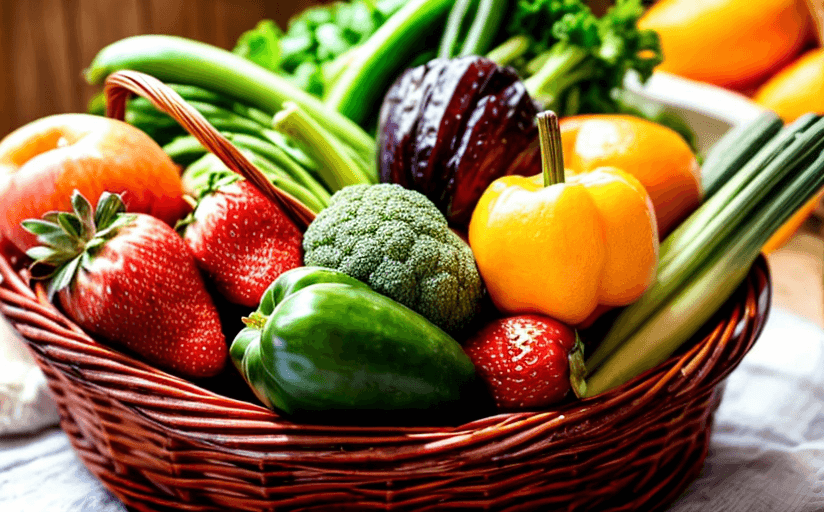



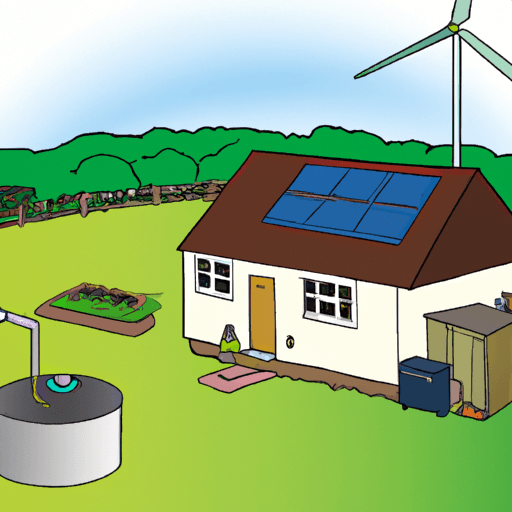


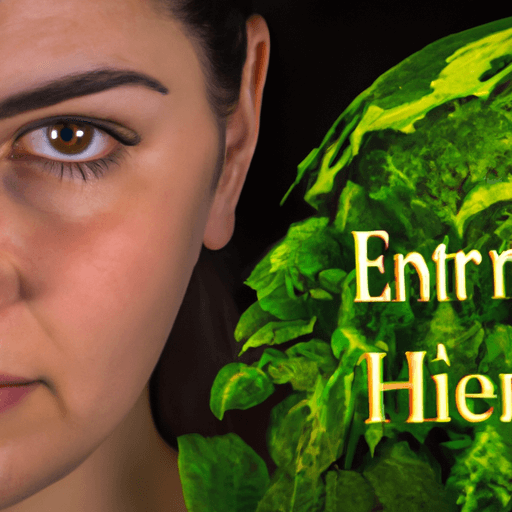
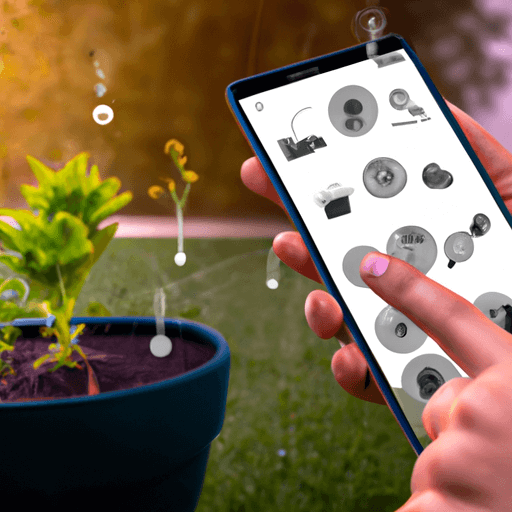
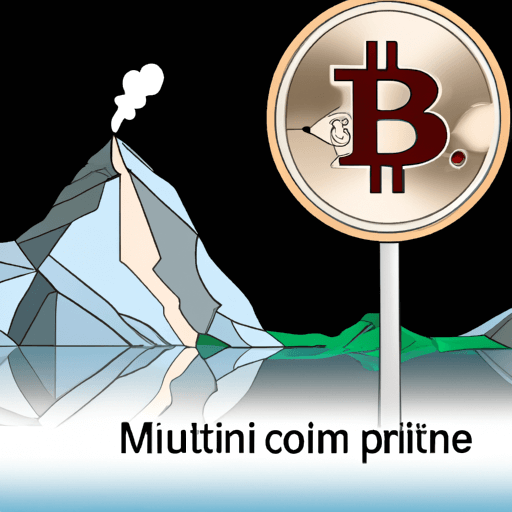







Comments
Leave a Comment